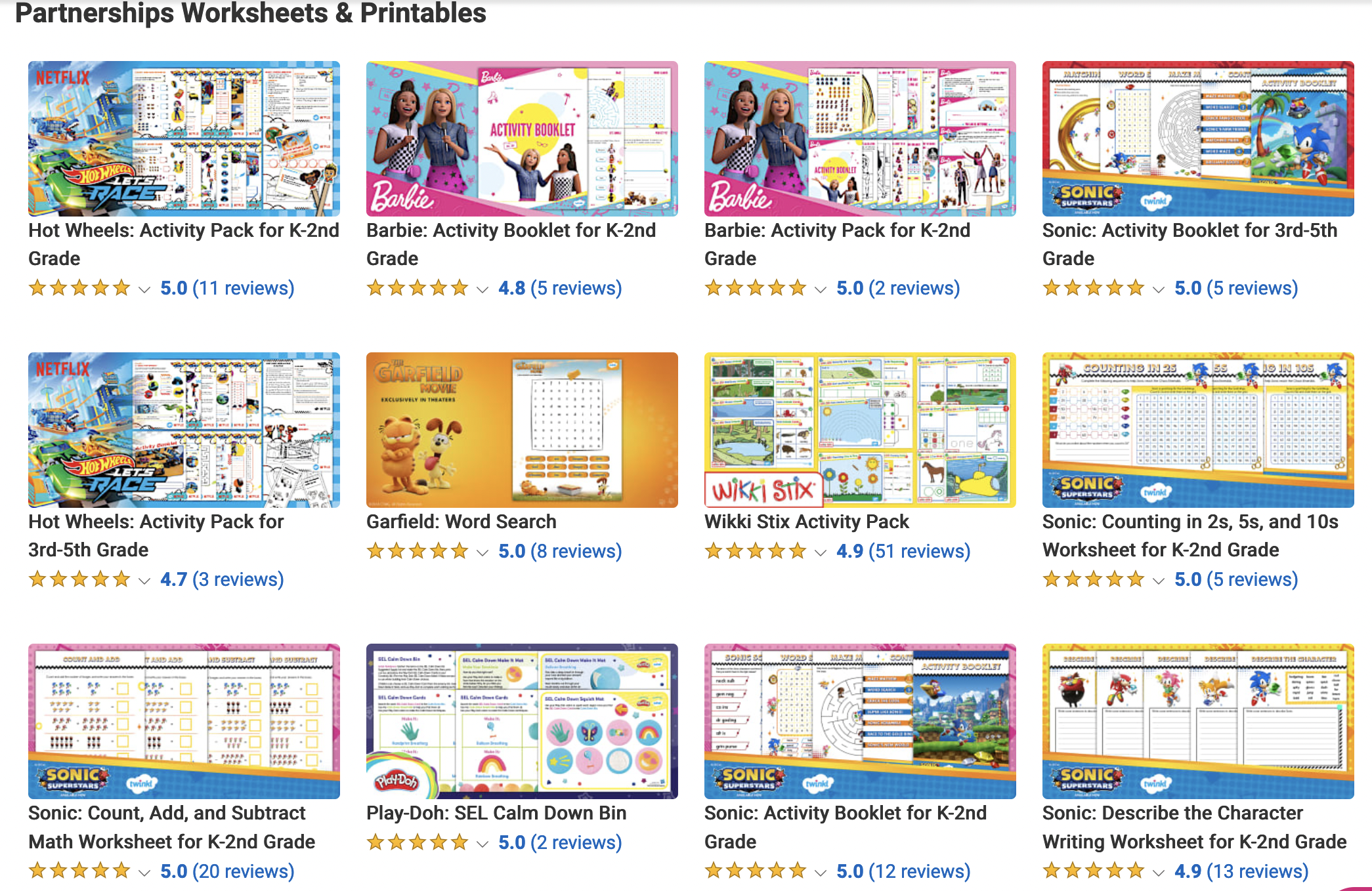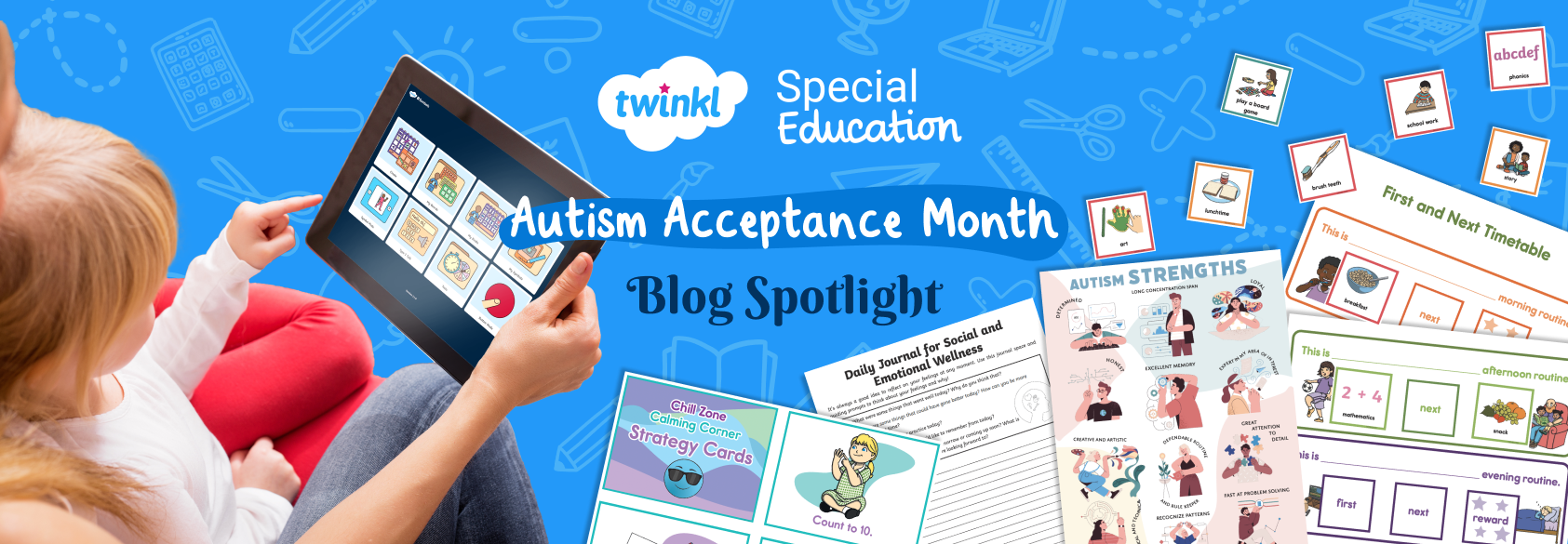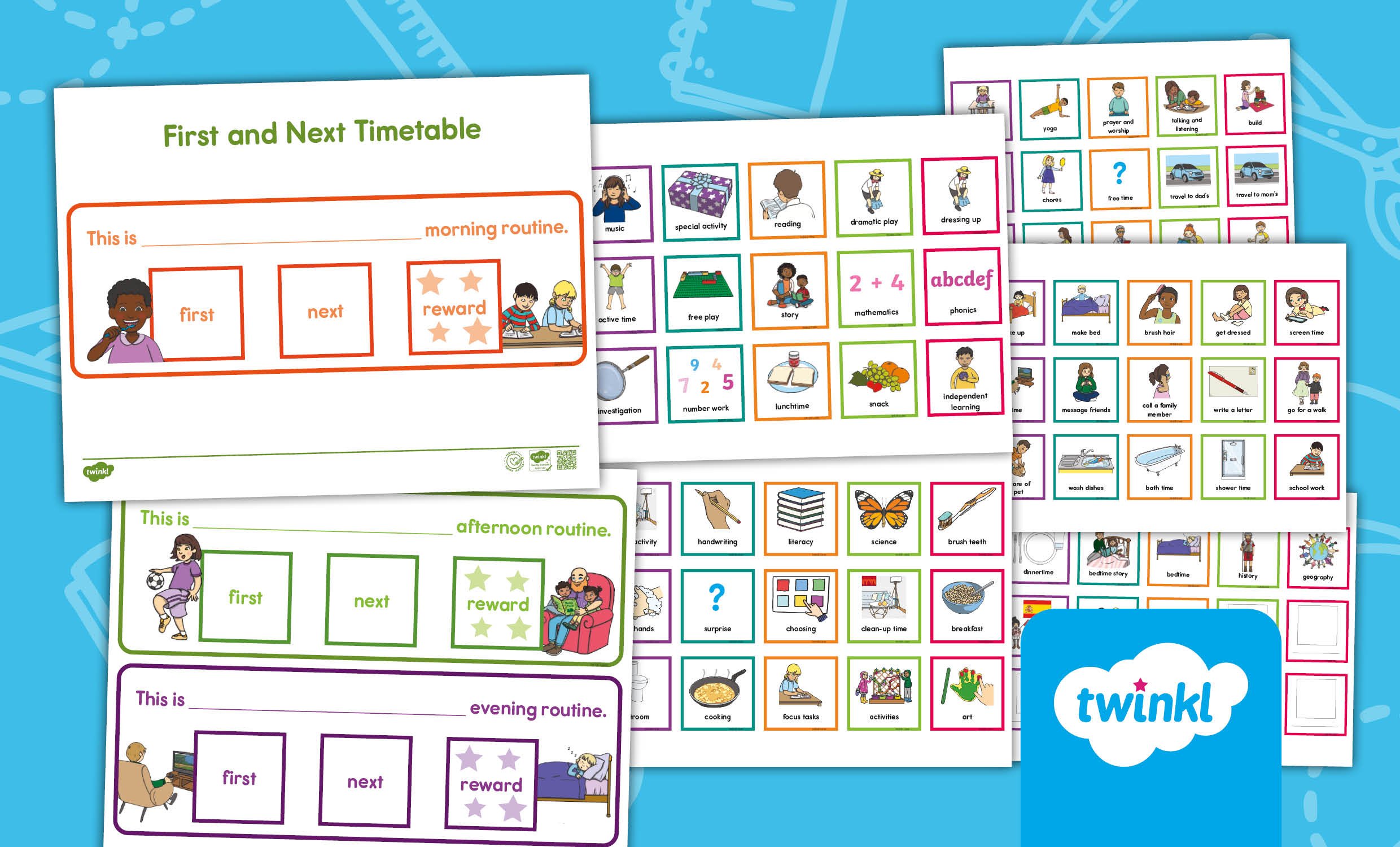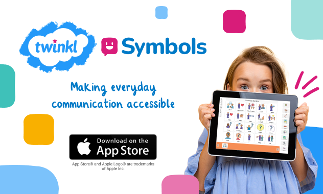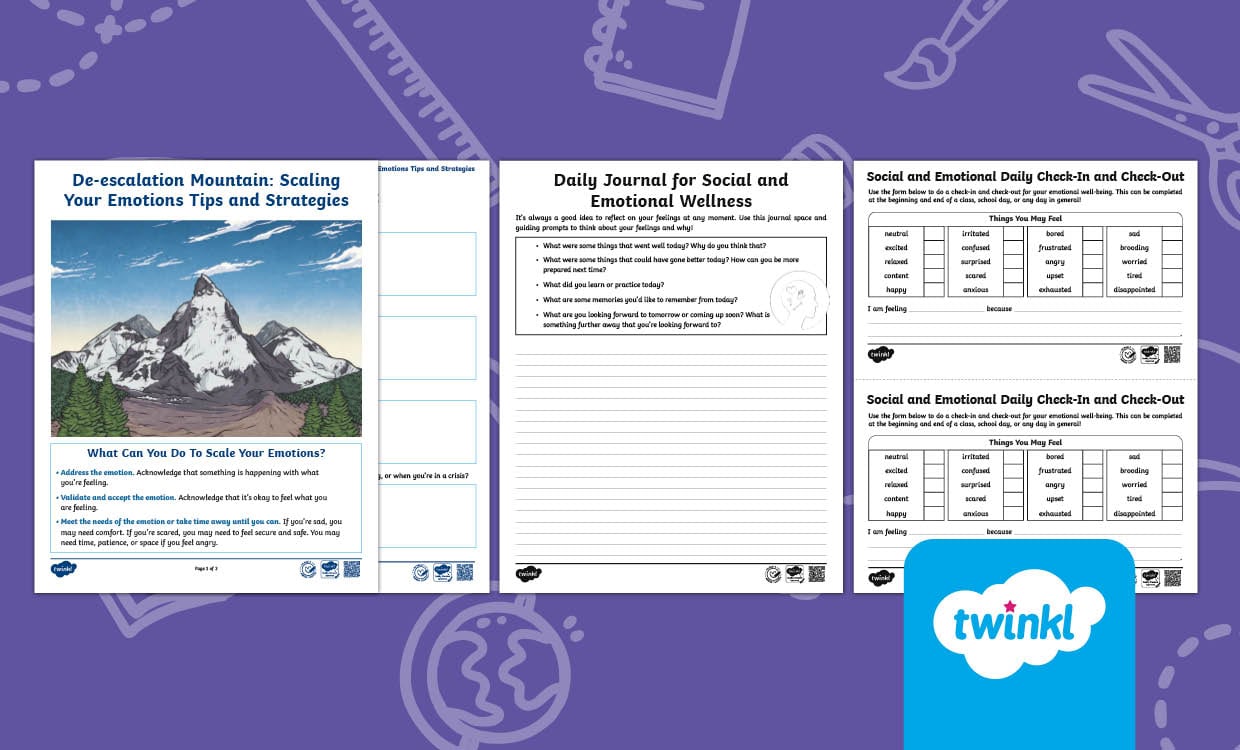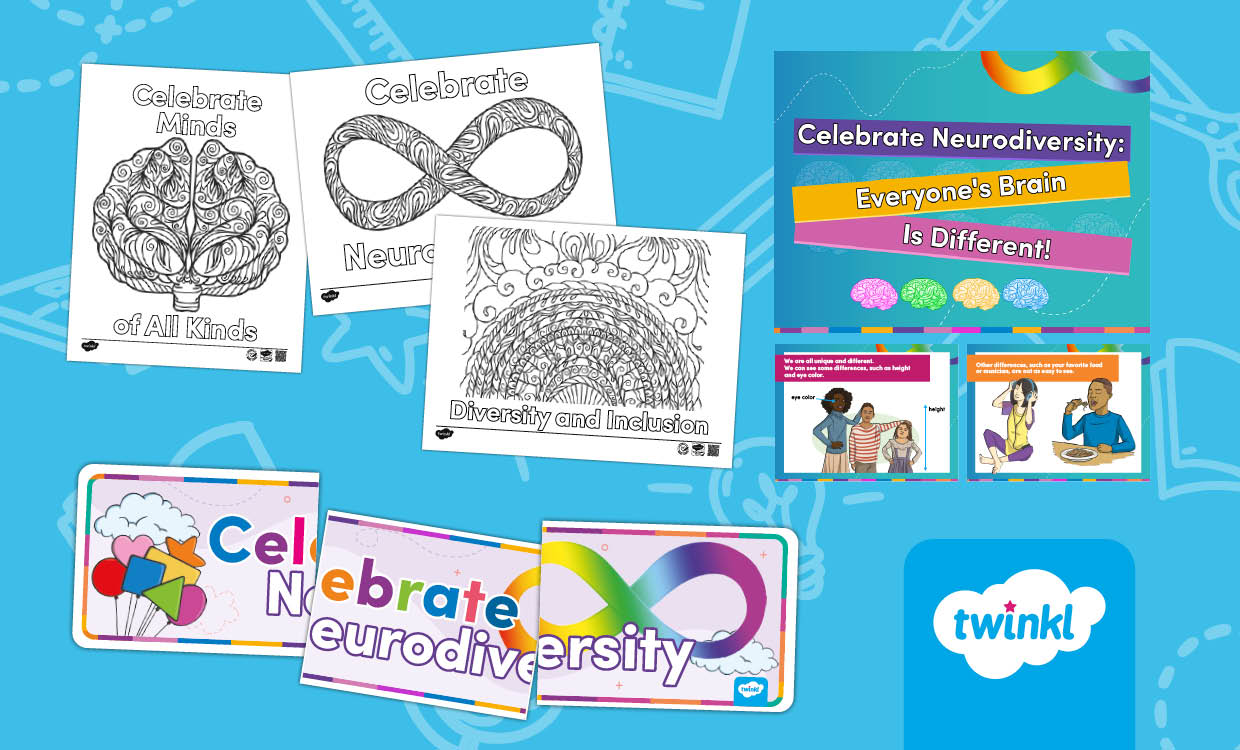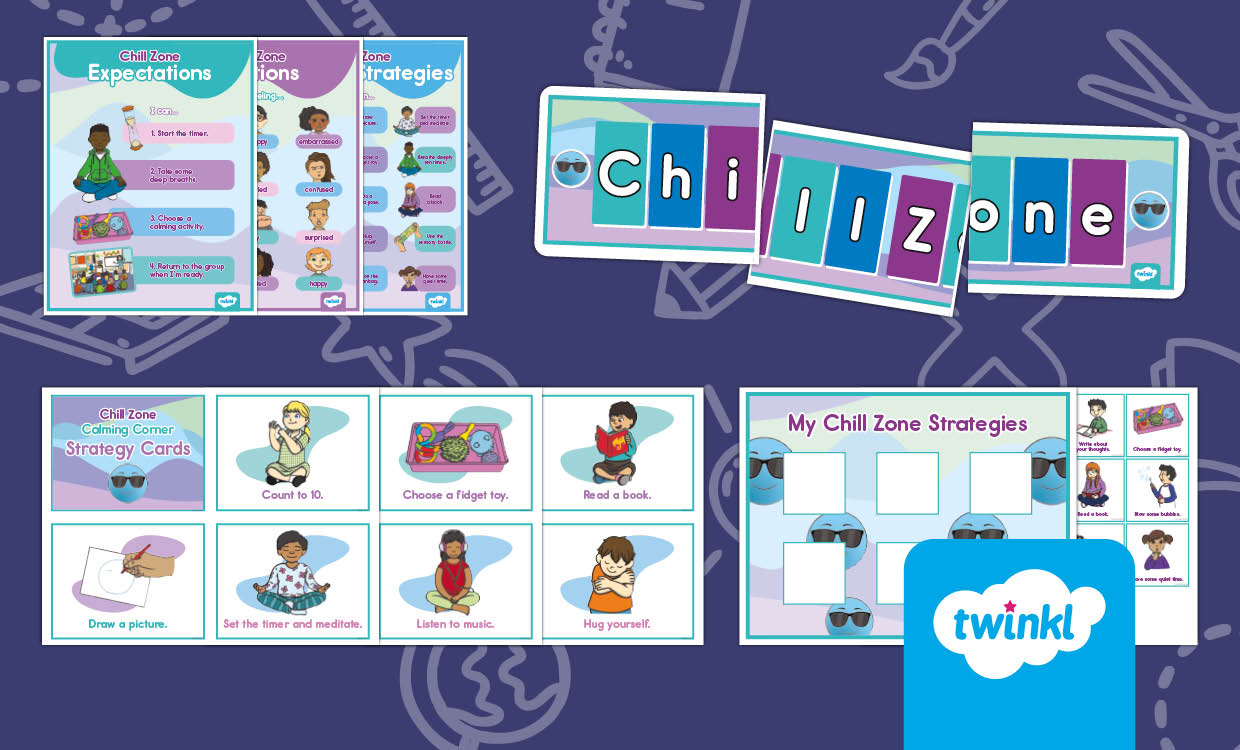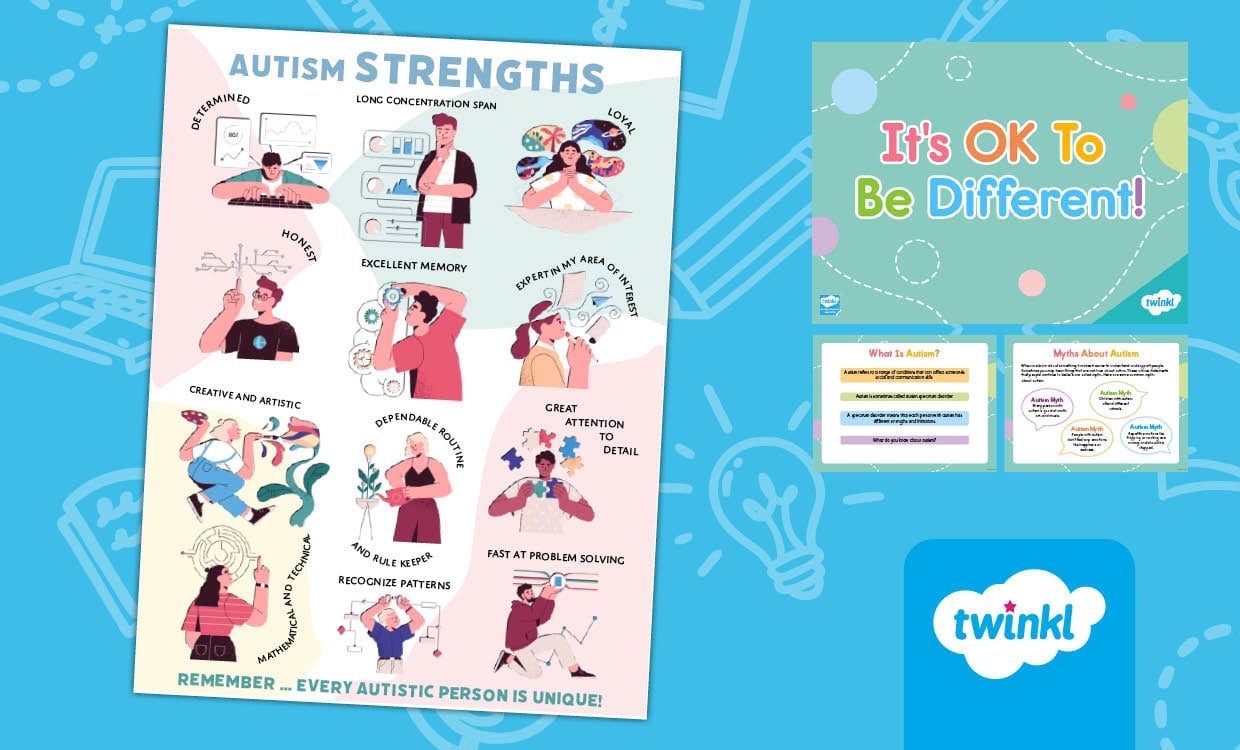Balancing Extracurricular Activities: Passion vs. Energy Levels
My son loves karate, theater, choir and swimming; but on difficult school days, participating in activities can be a challenge. Some days, he’s excited to go; other days, the energy just isn’t there.
How We Manage Activities Without Burnout
- Flexible Participation: If my son is having a tough day, skipping an activity is OK. The goal is enjoyment, not stress.
- Visual Schedules: Showing the day’s activities in advance helps with preparation. We like to plan ahead for the week with customized boards that my son adds reward activities to in the gaps. You can create your own digital and printable timetable using the Twinkl Symbols for AAC app, which gives you options to print; we like to print it out and have it on the wall at breakfast so that we can talk about the day ahead in a quick and visual way. Ours is laminated, and the optional gap activity cards are added weekly and include downtime activities as well as academic/extracurricular.
- Energy-Based Decision-Making: If my son is drained from masking at school, we prioritize rest over extracurriculars and offer flexibility and choice on the schedule.
The Homework Challenge: Picking Our Battles
For my son, home is a place to relax, not do schoolwork. After trying countless strategies, we decided to pick our battles. Right now, he completes homework at after-school provision, allowing him to separate school and home life. If your school offers after-school provision, you may find it helps to keep the balance and regulate emotions too.
Considerations
- If traditional homework methods aren’t working, consider alternative solutions like shortened assignments, typing instead of handwriting, or using interest-based prompts.
- Try reward-based Now, Next then Reward schedules. Offer choice to the rewards, and follow the lead of your child.
- Consider the school expectations and age-related norms on homework and weigh this up against emotional well-being impact. There is a careful balance to juggle here, and you absolutely have to try out strategies and measure the impact.
Remember, every child is different, so trial and error is key to finding the right strategy for your child. Don’t be disheartened if you cannot get the balance. Take a break and try something new when you think the time is right.
The Power of Special Interests: Finding Joy and Motivation
Autism Awareness Month can highlight one of the most beautiful aspects of autism, which is the deep passion autistic children have for their interests. My son’s special interests include:
🎵Heavy Metal—Music helps regulate emotions and provides an outlet for self-expression.
🎮 Gaming—Video games offer social connection and problem-solving skills.
📖 Reading—He taught himself to read at age 2 and has been hooked ever since.
🎭 Musical Theater and Anime—His love for storytelling and characters brings him joy.
📺 “Doctor Who”—His favorite shows inspire creativity and conversation.
During the pandemic, when we were thrown into the depths of home schooling, we struggled to get my son to write, but when we let him write about “Doctor Who,” he produced full essays. A recent teacher embraced this too; when my son refused to write about Shrek (calling it “babyish”), she let him choose his own topic. He picked “Ramsay’s Kitchen Nightmares,” and completed every task enthusiastically.
Lesson for Parents and Teachers: If an autistic child resists a task, see if you can align it with their interests. The results can be incredible. Offering choice and flexibility where appropriate instills trust and sparks a love of the subject.
Consider downloading officially licensed learning resources to spark the interests of your children with free partnership worksheets and printables from Twinkl USA, offering guilt-free academically aligned content that can tie into special interests.
